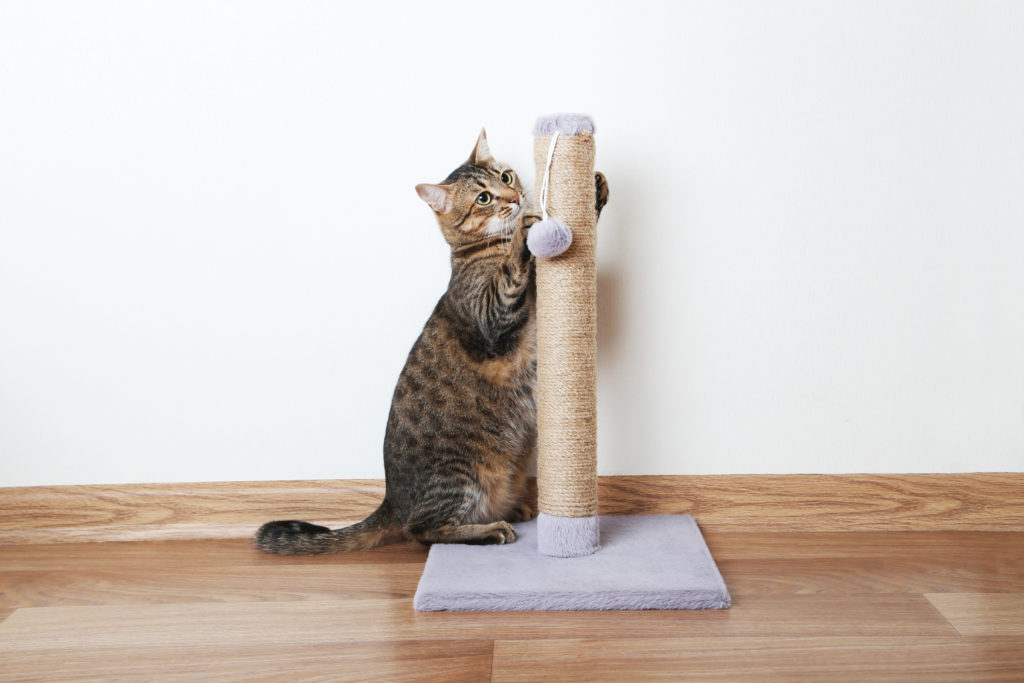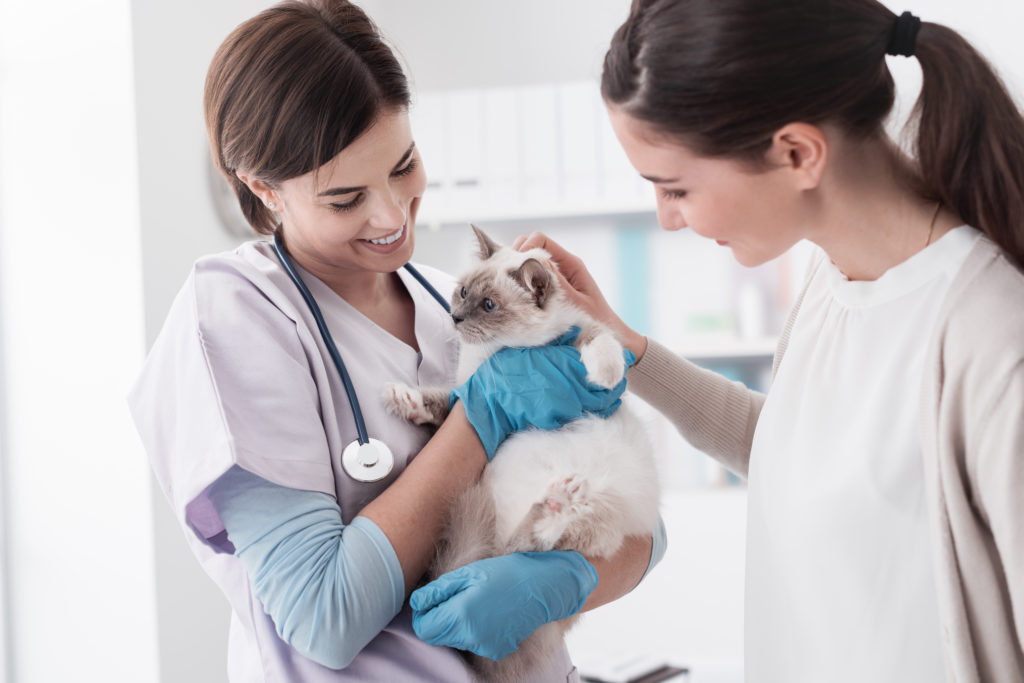
Before you go looking for a kitten or cat at your nearest pet shop, June is National Adopt a Cat Month. Or, like many say, it’s more the cat who adopts you and then allows you to live in their home. With such versatile personalities, it’s no wonder why many of us want to give these sassy, yet cuddly creatures their forever home! But it’s important to remember that adopting is a long-term commitment, and should be taken seriously. When considering adopting a cat, it’s important to ask yourself, “How much does owning a cat cost?”. So, in today’s blog, we’re breaking down the costs associated with cat ownership so you can decide if it’s right for you.
National Adopt a Cat Month
Every year, hundreds of cats find a steady home, thanks to the efforts of cat lovers across the U.S. Unfortunately, cats have no problems in the reproductive area which have many communities dealing with a cat overpopulation issue. With that being said, this is also the time of year when shelters across the U.S. will begin to offer some major discounts on cat and kitten adoptions. If you were considering adding a cat to your family, it’s highly recommended you look at your local shelters first.
Before you run down to pick out your new furry friend, it’s smart to prepare financially for your new pet. While most cats are considered low maintenance, there can be some unexpected costs associated with these animals. So, it’s always best to be prepared for making a long investment.

Cat Ownership Costs
Like with any animal, the first year is typically the most expensive. You’re creating their perfect home from scratch. Also, there is no one size fits all for cats. The cost of owning a cat can vary between breeds and needs, and changes over time as the cat ages.
If you’re rescuing a cat from a shelter, be prepared to encounter the adoption fee which ranges from $50 to $175 depending on the shelter and the cat you’re adopting. Some shelter cats come pre-neutered or spayed, microchipped, or vaccinated (at least for their first-round), which can help relieve initial costs.
If you’re going to venture towards the breeder route, expect to pay around $400 or more. Specific breeds also come with higher costs. For example, a Persian kitty is going to need to be seen by the groomer more than most other breeds. While gorgeous, maintenance costs are a little higher.
How Much Does it Cost to Own a Cat?
According to Daily Paws, here’s a list of some of the costs you can expect in the first year:*
- Adoption or purchase fees: $50-$400
- Food: $120- $500
- Toys and scratching post: $20-$100
- Litter box: $10-$100
- Litter: $70-$150
- Routine vet care: $100-$500
- Preventative medicines: $20-$200
- Cat sitters or boarding: $100-$300
- Pet deposit (apartment): $0-$400
Prepare to pay anywhere between $50 and $284 a month during the first year. Pet foods, medications, and vet care all range depending on the cost of living. Other variables include things such as a cat owner’s choice of diet, litter, flea prevention, grooming, and toys and treats.
One factor new pet owners sometimes forget is the cost of boarding a cat or getting a sitter. While many owners consider these animals to be low maintenance, you should definitely budget for a sitter for all of those weekend getaways you might want to take. It can add up quickly.
Also, your cat’s litter may cause some disagreements between you and your kitty. They will dictate which litter they like best and it is best you listen. If not, your cat will relieve themselves where they see fit, like your fluffy bed comforter or new couch. It’s best to prevent that from happening or you’ll be spending even more money replacing your personal items.

Unexpected Cat Ownership Costs
With any investment or purchase, there are potential liabilities and unwarranted costs. With cats, it’s no different. Cats can cause household damage by ripping up carpeting, scratching furniture, and tackling other household items with their sharp claws.
In addition, cats can also be susceptible to illness and injury, which can rack up veterinary bills and cat expenses. Call your local vets to see what they charge and what you can expect to pay. Sometimes they offer discounts if you ask. It’s difficult to say how much these things will cost but pet insurance can help, especially if your cat is prone to illness or spends a lot of time outdoors. A monthly premium may be more beneficial than a costly and spontaneous vet bill. Consider starting an emergency fund for your cat if insurance isn’t an option. Counter in 3-6 months of cat expenses into savings so you’re prepared in case of an emergency.
When you adopt, you save a life! Adopting is a beautiful way to enrich your life and a pet’s. It’s important to figure out the logistics and costs before investing in a pet, but once you do, you’ll feel more prepared to tackle small hiccups and larger problems when they arise.
Happy National Adopt a Cat month!
High-interest loans can be expensive and should be used only for short-term financial needs, not long-term solutions. Customers with credit difficulties should seek credit counseling. The opinions expressed above are solely the author’s views and may or may not reflect the opinions and beliefs of the website or its affiliates. Cash Factory USA does not provide financial advice.
Image(s) or Footage (as applicable), used under license from Shutterstock.com.
* This blog contains links to other third-party websites that are not endorsed by, directly affiliated with, or sponsored by Cash Factory USA. Such links are only for the convenience of the reader, user, or browser.